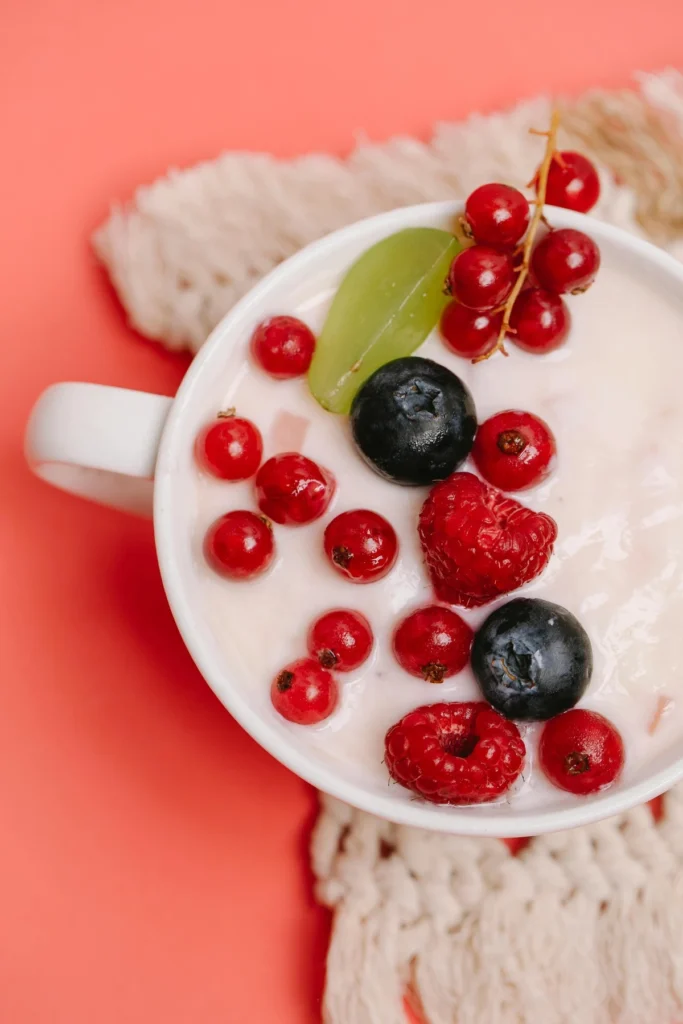Many people frequently ask whether iron supplements or iron-rich foods can be taken together with calcium supplements or calcium-rich foods. What really happens when we consume them at the same time? Could this combination lead to anemia?
To understand this, let’s first take a closer look at iron.
ABOUT IRON
Iron is an essential mineral and micronutrient that plays a vital role in many body processes. It supports physiological, cellular, and neurological functions, aids in hormone, enzyme, and DNA synthesis, and is crucial for red blood cell production (erythropoiesis), oxygen transport, and immune defense.
DIETARY IRON
Iron in food exists in two main forms:
1. Heme iron (easily absorbable)
Heme iron comes from animal sources such as poultry, seafood, and meat. It is readily absorbed in the small intestine thanks to specific heme transporters. Its absorption is less influenced by other dietary factors.
2. Non-heme iron (less absorbable)
Non-heme iron is found in plant sources and fortified foods. Eggs and dairy products also provide non-heme iron, while animal flesh contains both forms. Non-heme iron is less efficiently absorbed because ferric iron (Fe³⁺) must first be reduced to ferrous iron (Fe²⁺) before uptake. This conversion occurs in the small intestine and requires enzymes like ferric reductase and duodenal cytochrome B (Dcytb). After solubilization, ferrous iron enters the intestinal cells (enterocytes) through a transporter called DMT1 (Divalent Metal Transporter 1), which also transports other divalent metals like manganese, cobalt, and copper.
Once inside the enterocyte, iron can be stored as ferritin if the body’s demand is low, or exported into the bloodstream through ferroportin (FPN1) if demand is high. Before entering circulation, ferrous iron is re-oxidized to ferric iron and binds to transferrin, the primary transport protein.
FACTORS AFFECTING NON-HEME IRON ABSORPTION
• Enhancers: Vitamin C, vitamin A, beta carotene, and protein can boost non-heme iron absorption.
• Inhibitors: Calcium, polyphenols, and phytates can reduce absorption.
HOW CALCIUM INTERFERES WITH IRON ABSORPTION
Research shows that calcium can inhibit the absorption of both heme and non-heme iron, but the effect is usually short-term. Several mechanisms have been proposed:
• Calcium may interfere with the transport proteins (like FPN1) responsible for exporting iron from enterocytes to circulation.
• It might compete with iron for shared receptors.
• Calcium can bind with iron in the intestine to form insoluble complexes that cannot be absorbed.
However, the exact mechanism is still not fully understood.
SHORT-TERM VS. LONG-TERM EFFECTS
In the short term, calcium may lower iron absorption. Over the long term, the body’s natural feedback mechanisms usually compensate to maintain iron balance. Studies show that regular calcium intake whether consumed with or without meals has little effect on overall iron status.
PRACTICAL CONCLUSION
For people at risk of iron or calcium deficiency, such as women and children, it may be beneficial to separate calcium and iron supplements by a few hours to maximize absorption.
Yet, long-term evidence shows that taking both together in a normal diet does not cause anemia. The body adapts, and the presence of other dietary factors makes the inhibitory effect of calcium far less significant than commonly believed.
FAQs
1. Can I take my iron tablet with a glass of milk?
It’s better to avoid taking iron with milk, as dairy is rich in calcium, which can slightly reduce iron absorption. Taking iron with water or vitamin C-rich juice is preferable.
2. Is it safe to take calcium and iron at different times of the same day?
Yes. Simply spacing them by a few hours such as taking iron in the morning and calcium in the evening optimizes absorption for both.
3. Will taking calcium and iron together cause anemia?
No. Long-term studies show that even when calcium and iron are consumed together, the body compensates to maintain iron stores.
4. Does vitamin C really help?
Yes. Vitamin C can significantly enhance the absorption of non-heme iron, especially from plant-based foods.
DISCLAIMER
This article is for educational purposes only and should not replace professional medical advice. Always consult your healthcare provider before starting or changing any supplement regimen.
CALL TO ACTION
If you are considering iron or calcium supplements, speak with your doctor or pharmacist to create a schedule that fits your specific health needs. For most healthy individuals, a balanced diet with iron- and calcium-rich foods remains the best long-term strategy.
REFERENCES
1. Hallberg L, Brune M, Rossander L. The role of vitamin C in iron absorption. Int J Vitam Nutr Res Suppl. 1989;30:103–108.
2. Cook JD, Dassenko SA, Lynch SR. Assessment of the role of nonheme iron absorption inhibitors in human nutrition. Am J Clin Nutr. 1991;54(2):409–415.
3. Hurrell RF, Reddy MB, Juillerat MA, Cook JD. Degradation of phytic acid in cereal porridges improves iron absorption by human subjects. Am J Clin Nutr. 2003;77(5):1213–1219.
4. Hallberg L, Rossander-Hulthén L, Brune M, Gleerup A. Calcium and iron absorption: mechanism of action and nutritional importance. Eur J Clin Nutr. 1992;46(5):317–327. 5. National Institutes of Health (NIH) Office of Dietary Supplements. Iron – Fact Sheet for Health Professionals. 2022.

